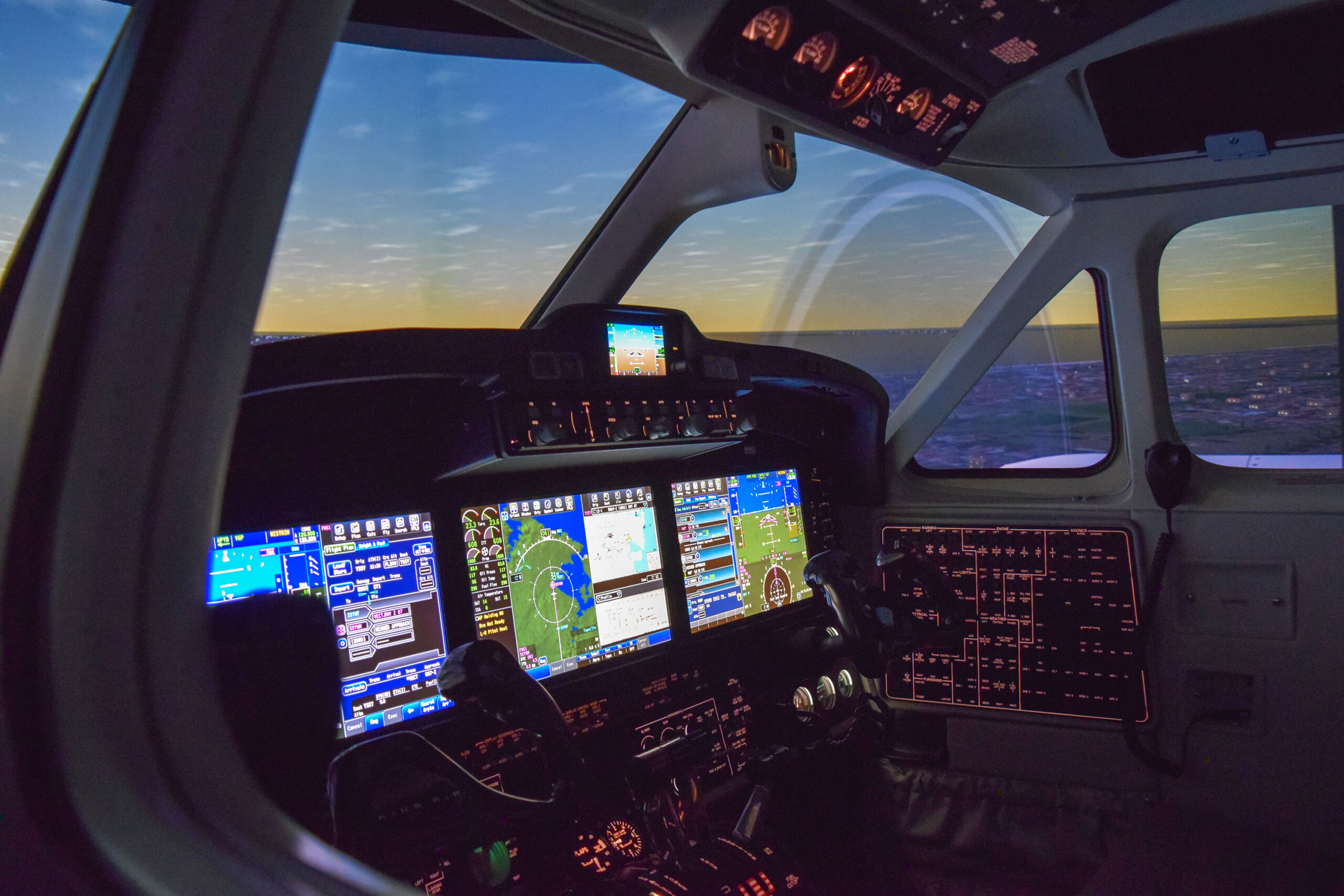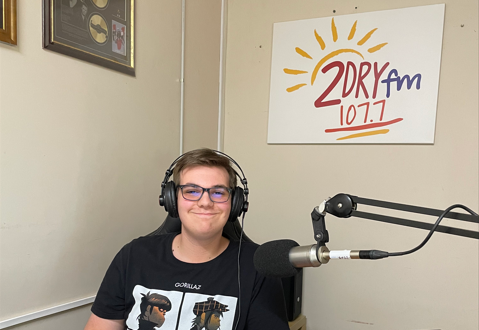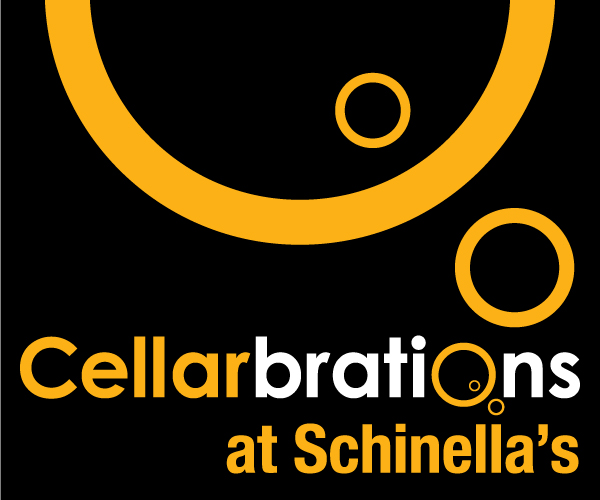There is one image everyone thinks of when you say the RFDS– it’s the red, white and blue of the aircraft coming into land, rushing to the aid of critically ill and injured people. While it’s not all they do – it is a highly specialised component of the essential life-saving service provided to people in regional, rural and remote Australia for the last 95 years.
Accidents and medical emergencies don’t wait for fair weather. Tragedy can strike in the middle of the night or when it’s storming or foggy. The airstrips are often made of packed dirt. Galahs and kangaroos are regular obstacles.
This is why RFDS pilots are amongst the best trained in the world. While the primary focus of the Flying Doctor has been to increase its range of health services, it has also worked to expand its aviation, engineering and training capabilities.
There is no better evidence of this than at the RFDS base in Dubbo, where millions of dollars have been invested in creating world class aviation training facilities and a dramatic expansion of engineering capabilities.
In 2019, the RFDS South Eastern Section took delivery of a world class flight training simulator at Dubbo, the first in the Flying Doctor’s long history to establish an in-house flight training capability.
Made possible through a Gift in Will from a generous supporter, the Level 6 high-fidelity Flight Training Device (FTD) simulator offers state-of-the-art training to pilots and clinicians. Enabling them to remain on the cutting edge of innovation in aviation and aeromedical healthcare.
This is a similar level of FTD used by airlines like Qantas, and many international operators for commercial and advanced pilot training. For the RFDS South Eastern Section, where they have King Air aircraft, the FTD can simulate all King Air aircraft systems malfunctions, such as electrical and engine malfunctions on the runway or inflight.
The visual system can simulate day, night, dawn and dusk, thunderstorms, lightning, snow and sand, plus light to heavy rain, ice, and turbulence. Conditions RFDS pilots may have to deal with when critically ill and vulnerable people are on board.
Earlier this year RFDS pilots were put the test when tasked with two retrievals in rural NSW with a major thunderstorm on the horizon. In Walgett – a three-hour drive from Dubbo – a patient had been injured when a tractor tyre fell on them. Near Lighting Ridge – a four-hour drive from Dubbo – another patient was deteriorating with abdominal pain.
Retrieval teams moved swiftly to ensure the patients received the care they needed. Ground logistics sorted; they quickly picked up their patients before the thunderstorm hit. But both flights were met with an astonishing 100 kilometre per hour winds back to Dubbo.
The pilots’ extensive training in the simulator ensured they knew how to safely avoid the storm. In a joint effort with the RFDS Operations Centre, and after intense multi-tasking and patience, all crews and patients successfully landed in Dubbo.
While a typical day for the retrieval teams doesn’t really exist, one thing is for sure: when the call for help comes in, the RFDS are ready to answer.
The Dubbo FTD flight model software is currently the latest in operation within the south pacific region, and currently the only Proline Fusion King Air flight simulator in the Southern Hemisphere. It will also forever hold its place in the RFDS’s long and rich history as the first RFDS Federation owned and operated flight simulator – something the South Eastern Section is very proud of.
In exciting news, the dedicated Aviation team are currently on the lookout for passionate people to join them. To apply visit www.flyingdoctor.org.au/careers/










